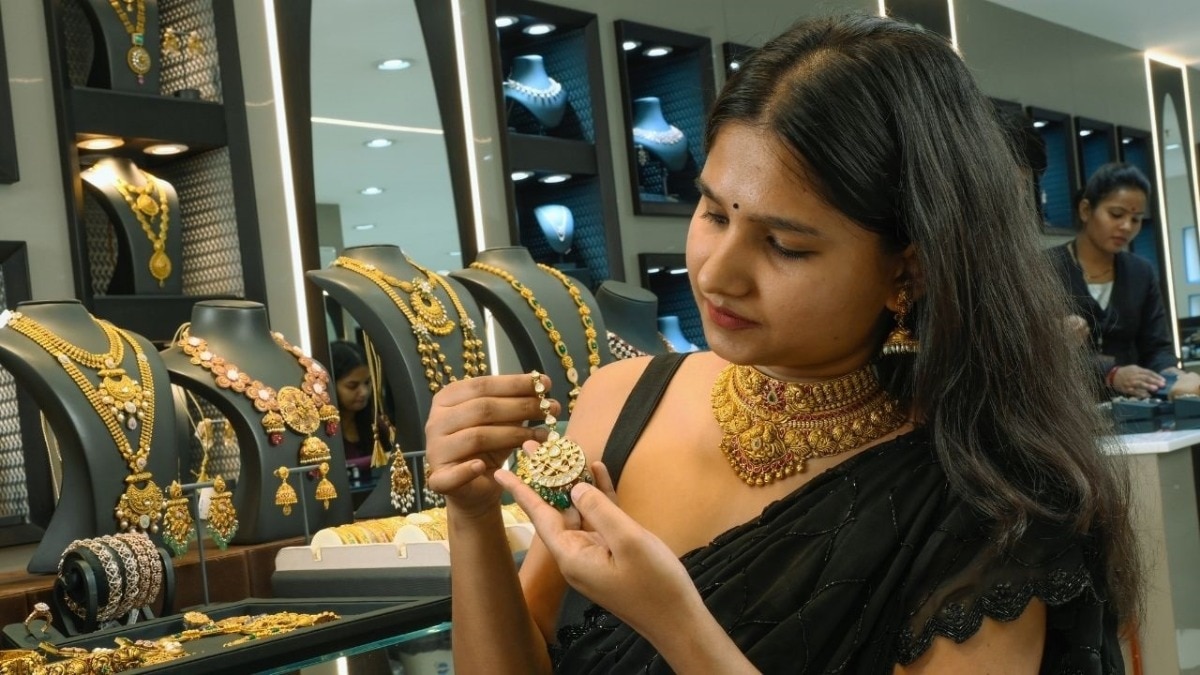In a pointed post on X, wealth advisor Alok Jain argues that gold hasn’t just preserved wealth over the past 30 years—it has quietly outperformed inflation across major life expenses, making a stronger case for the yellow metal as a long-term store of value.
Jain used a simple method: comparing what everyday and luxury items cost in 1996 and 2025, not in rupees but in gold weight. Back in 1996, gold was priced around ₹5 lakh per kilogram. A five-star dinner for one cost ₹500—roughly 1 gram of gold. In 2025, the same dinner costs ₹7,000, but with gold now near ₹1 crore per kg, that equates to just 0.7 grams.
He applied the same logic to higher-ticket items. A BMW 3 Series cost ₹25 lakh in 1996—around 5 kg of gold. The same model today costs ₹60 lakh, but only 0.6 kg in gold terms. A posh 4 BHK flat in South Delhi priced at ₹30 lakh then (6 kg) now sells for ₹6 crore—again, still about 6 kg.
Travel also features in his comparison. A week-long Europe trip for two cost ₹3 lakh in 1996 (0.6 kg). Today, that trip might cost ₹6 lakh, but that’s just 0.06 kg of gold.
His point? “Gold didn’t just store value—it expanded it,” Jain wrote.
Current market prices support his case. On June 18, 24 karat gold is priced at ₹10,051 per gram in Delhi, while 22 karat trades at ₹9,214. Though prices vary slightly by city, the general trend is clear: over three decades, the rupee has depreciated significantly, while gold’s value has compounded.
Jain’s post doesn’t make bold predictions or dramatic claims—it simply maps purchasing power over time. But the implication is clear: unlike cash, which erodes under inflation, gold appears to have not only preserved value but improved affordability in real terms.
